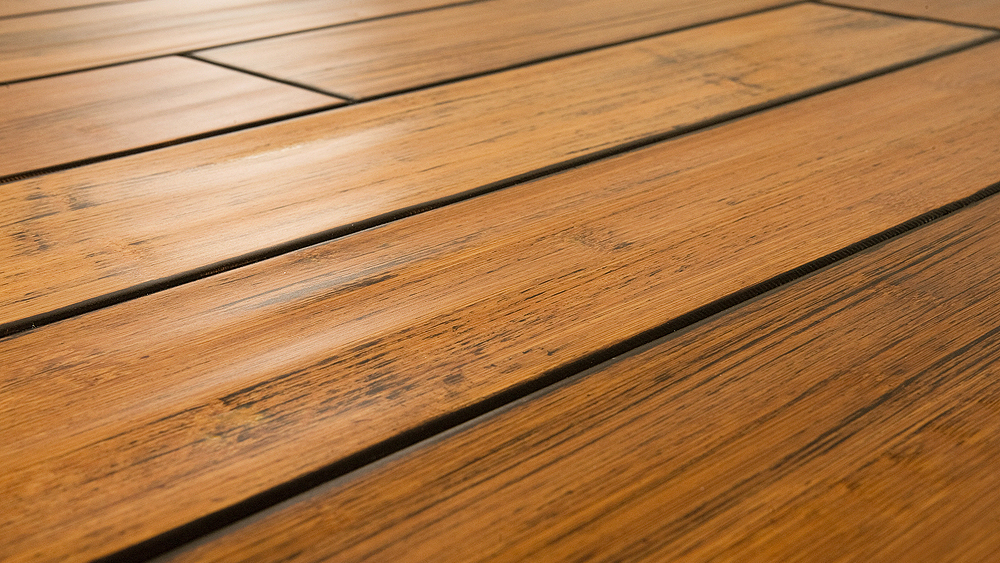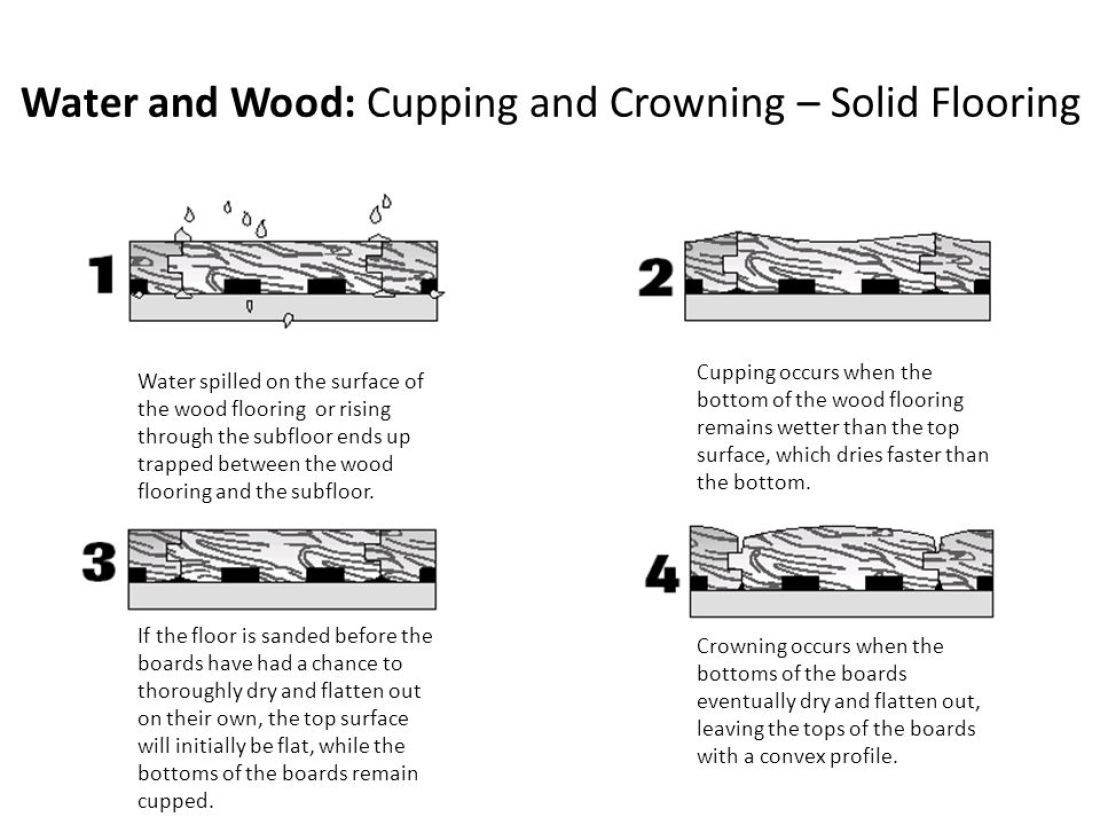
Problems with Moisture In Solid Wood Flooring & What to do?
May 31, 2018Often people with older homes are left with the tough decision on whether they should repair their existing solid hardwood flooring or replace it....
Often people with older homes are left with the tough decision on whether they should repair their existing solid hardwood flooring or replace it. Before deciding on how to treat your floor, follow our blog to determine if your flooring is fixable or simply beyond repair.
Let’s take a look at the factors that will determine if your flooring is repairable.
Moisture Damage: Moisture damage is detrimental to wooden flooring and is typically irreversible. If your flooring displays any signs of moisture damage, then you may run into problems later down the road, especially if the moisture is still within the subfloor.
Note: Before you replace a floor that has water damage, you must locate the source of the moisture and learn how to prevent it in the future. Also, if your space is typically humid, then consider flooring alternatives such as engineered wooden flooring that is durable enough to withstand humidity and greater amounts of moisture.
Loose Fitted Floors: Loose fitting planks are not as severe as moisture damage and generally are easy to repair. Simply nail down the weak parts of the loose planks and cover with wood putty. If the planks are loose throughout the entire floor, then consider replacing the floor since nailing down loose planks is typically a solution for smaller problematic areas.
Surface Damage: All floors will show visible signs of surface damage from pets, furniture, and general foot traffic. You can repair surface damage by re-sanding and re-staining the wooden flooring, which will eliminate all of the visible damage, leaving the floor as good as new.
One problem that you could encounter with surface damage is if the flooring had been previously refinished multiple times. If so, then the planks will be too thin to withstand additional sanding, and you may have to explore additional flooring options.
Cupping, Warping, Bending: All wood surfaces will swell and contract between seasons and humidity fluctuations. Cupping of the planks occurs when the planks swell against each other, causing pressure and bending along the edges of the planks. This is a typical problem seen in older homes with solid oak flooring. If only a few planks are warped, then your problem isn’t severe.
Although, if the flooring is 50% or more damaged from warped planks, then the floor may not be worth repairing. Also, an overly warped floor may be a sign of a high moisture level within the subfloor. So if you refinish your floor, make sure to examine a piece of the subfloor or you may run into recurrent problems with warped planks.
Overall when determining if your floor is repairable, you typically want to look out for moisture, which can result in severe and costly repairs. Still undecided on the best flooring options for your space? Check our blogs on everything you need to know about flooring. Start with our “What is oak flooring”, blog to learn of about the latest flooring options with oak.






